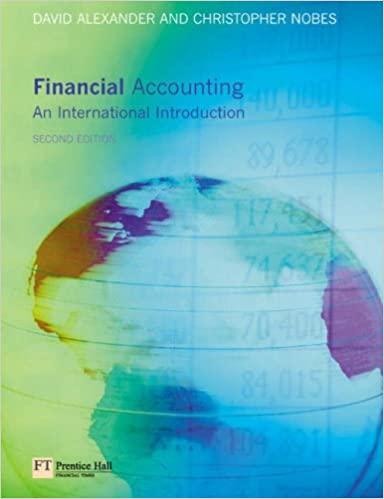Problem 3 (Finance problem-using multi-period approach) Sally's recently received $300,000 from her father for her higher studies after six years. As she is interested in pursuing a finance major, she wanted to invest the fund in different options. She must manage short-term investments to maximize interest income while making sure that funds are available to pay for her studies at the end of the sixth year. She is considering three investment options over the next six years: A, a 1-year investment that pays 6.5% percent; B, a 3-year investment that pays 12%; and C, a 6-year CD that pays 30%. Assume the current year is year-1. The time horizon spans 1-7 years. For example, if she places a 6-year CD in the first year, it will mature in the 7th year (at the end of the sixth year). The net expenses of Sally or income from other sources to Sally for the next six years ang as follows: $52000,($14000), $25000,($22,000), S43000 ($15000). Values without brackets are expenses, and values within brackets are incomes. For example, at the start of year 2, $14000 will be added to Sally's account. At the end of the planning horizon (at node 7), Sally wants the maximum return from her investments. a) Draw a diagram to depict the flow of funds b) Formulate a linear programming model for the problem Problem 3 (Finance problem-using multi-period approach) Sally's recently received $300,000 from her father for her higher studies after six years. As she is interested in pursuing a finance major, she wanted to invest the fund in different options. She must manage short-term investments to maximize interest income while making sure that funds are available to pay for her studies at the end of the sixth year. She is considering three investment options over the next six years: A, a 1-year investment that pays 6.5% percent; B, a 3-year investment that pays 12%; and C, a 6-year CD that pays 30%. Assume the current year is year-1. The time horizon spans 1-7 years. For example, if she places a 6-year CD in the first year, it will mature in the 7th year (at the end of the sixth year). The net expenses of Sally or income from other sources to Sally for the next six years ang as follows: $52000,($14000), $25000,($22,000), S43000 ($15000). Values without brackets are expenses, and values within brackets are incomes. For example, at the start of year 2, $14000 will be added to Sally's account. At the end of the planning horizon (at node 7), Sally wants the maximum return from her investments. a) Draw a diagram to depict the flow of funds b) Formulate a linear programming model for the







